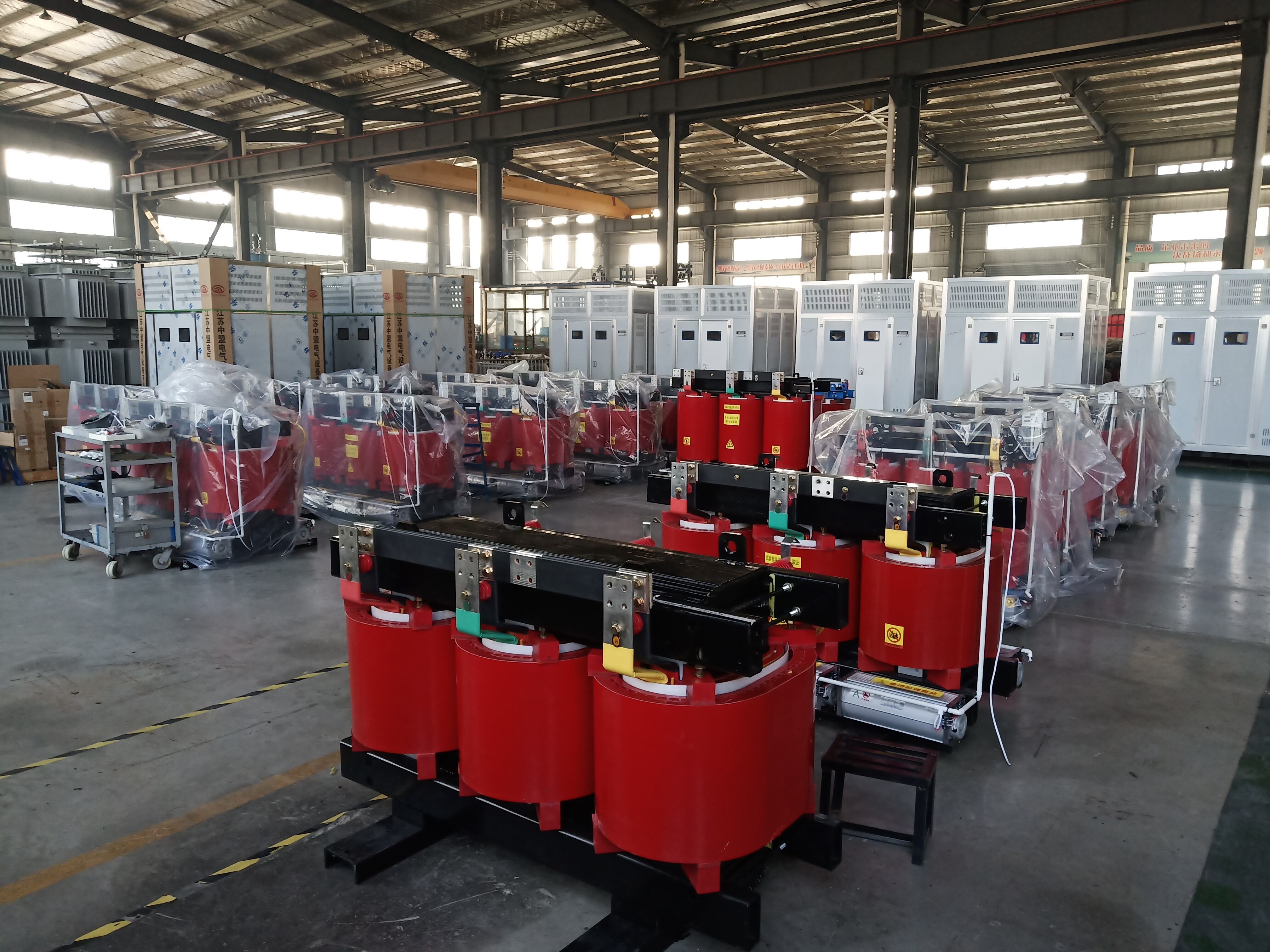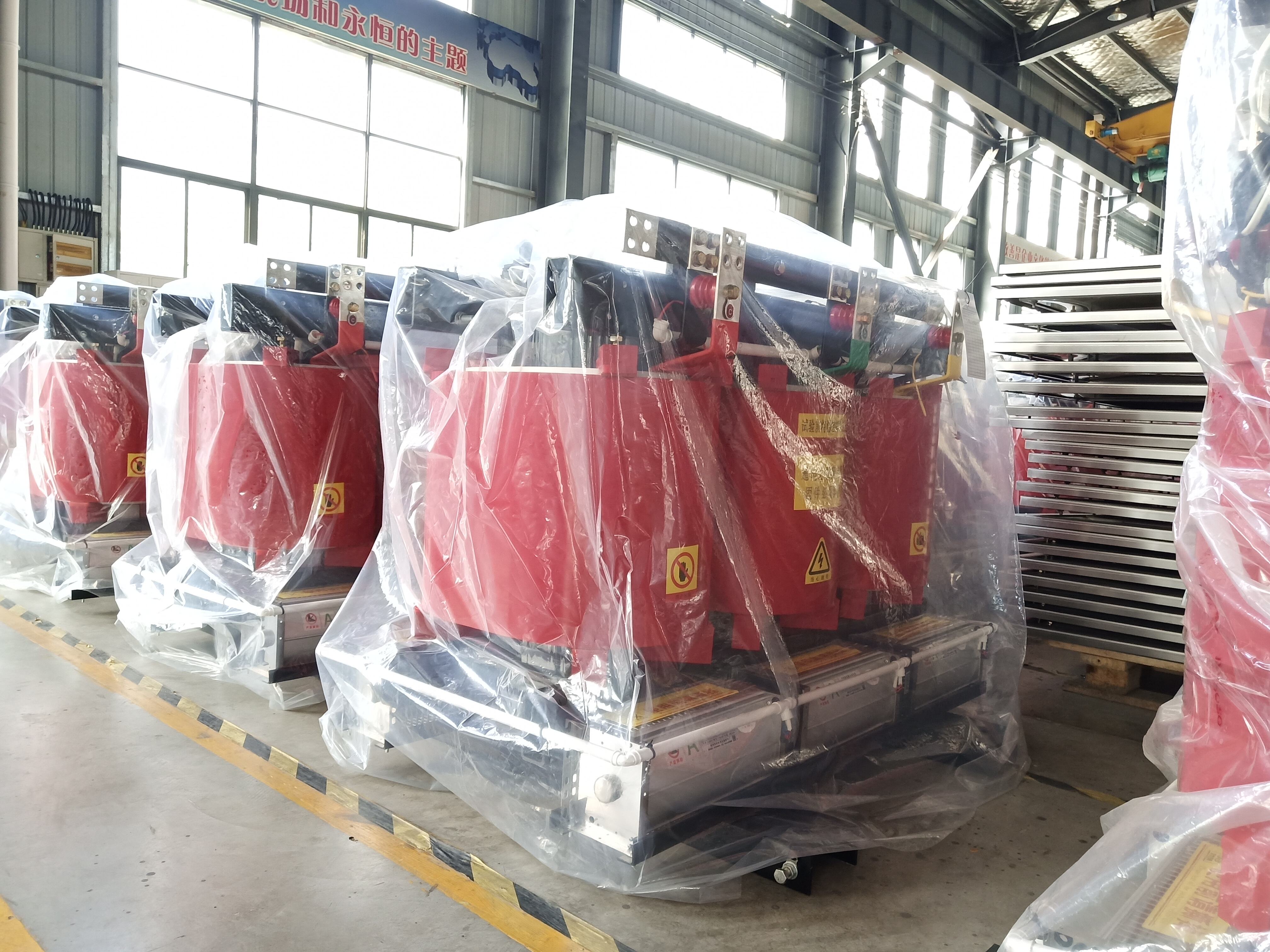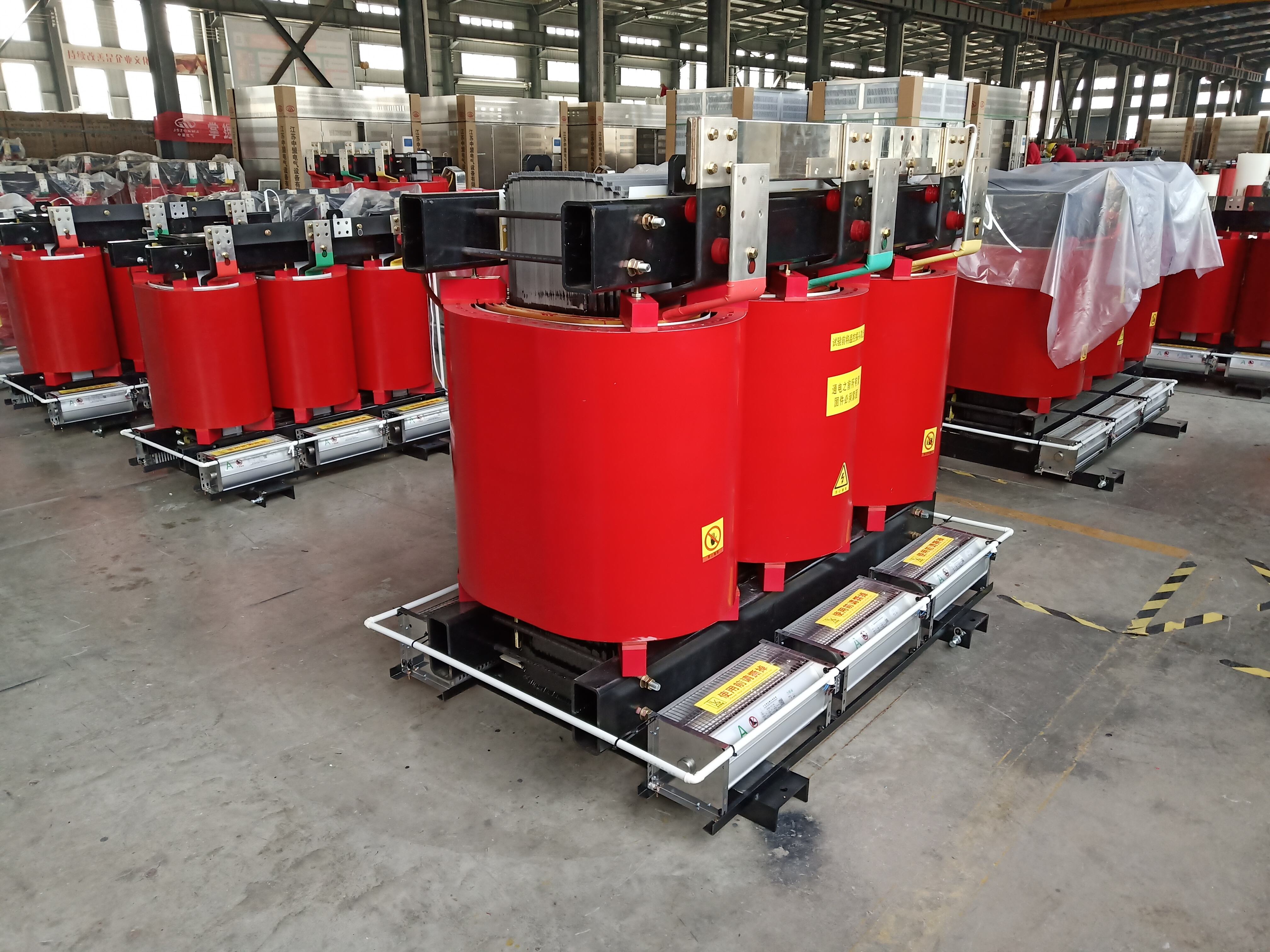main transformer in substation
The main transformer in a substation serves as a critical component in power distribution systems, functioning as the primary interface between high voltage transmission lines and lower voltage distribution networks. This essential equipment is responsible for converting electricity from high transmission voltages to lower, more manageable levels suitable for local distribution. Operating through electromagnetic induction, the main transformer efficiently manages voltage transformation while maintaining system stability and reliability. Modern main transformers incorporate advanced monitoring systems, intelligent cooling mechanisms, and robust protection features to ensure optimal performance and longevity. These transformers are designed with multiple windings, sophisticated tap changers, and state-of-the-art insulation systems to handle varying load conditions and maintain consistent output. Their construction typically includes features such as oil-immersed cores, conservator systems, and Buchholz relays for enhanced safety and reliability. The application scope extends across various sectors, from urban power distribution to industrial facilities, where they play a crucial role in maintaining power quality and system stability. These transformers are engineered to operate continuously under demanding conditions, with built-in redundancy and safety features to prevent system failures and ensure uninterrupted power supply.


